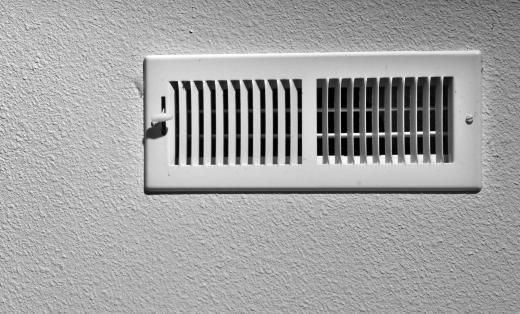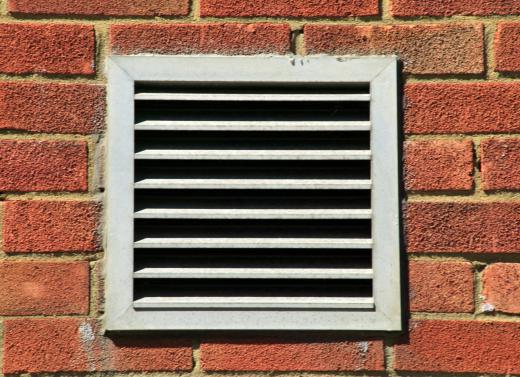In choosing the best duct layout, the two main considerations are the routing and the sizing of the ductwork. A well-designed ductwork system will deliver even temperatures throughout the building, minimize noise, and account for architectural obstacles. Low-cost software is available to assist the designer in establishing an optimal ductwork size while considering the building's architecture and potential obstructions. Round ducts are inherently more efficient and less costly to fabricate, but, in some cases, obstacles or clearances may dictate the use of rectangular ducts.
To design the best duct layout, it is necessary to first determine the air volume each space in the building requires. After that has been established, the number and type of outlets in each space must be calculated in order to deliver the air volume required. Building design constraints must also be accounted for. Such issues as limited clearance between the ceiling and the roof in an existing building may require modifications to an optimal duct layout. Other factors that influence ductwork design include the degree of difficulty involved in the installation as well as convenient access to dampers, filters, and system controls.

A well-designed duct layout is usually the responsibility of the Heating, Ventilation, and Air-Conditioning (HVAC) contractor. In some cases, however, building managers, industrial plant designers, and even homeowners may need to modify the ducting system to eliminate flaws and deal with changing HVAC needs. These modifications may be necessary because the original design is too costly to implement due to complex transitions or specialized, costly fittings.

Traditionally, HVAC and sheet metal contractors have used a mechanical device called a nomoraph to establish duct sizing. It is easy to use and provides a quick calculation of the optimal dimensions for either round or rectangular ducts. Software, however, gives the designer more real-world methods of calculating optimal duct sizing and routing, and can produce an estimate of material and labor costs. When airflow problems arise with an HVAC system, some software can analyze and recommend modifications to the existing duct layout by simulating the current system.
More advanced duct layout software is capable of importing data from Computer-Aided Design (CAD) drawings, thus minimizing the data that needs to be entered into the duct sizing and layout software. Most publishers of the software make the programs compatible with autoCAD-based design programs. It should be noted that, although CAD programs can assist with the design of the overall HVAC system, they are no substitute for experience and the judgment of an HVAC designer or engineer.
